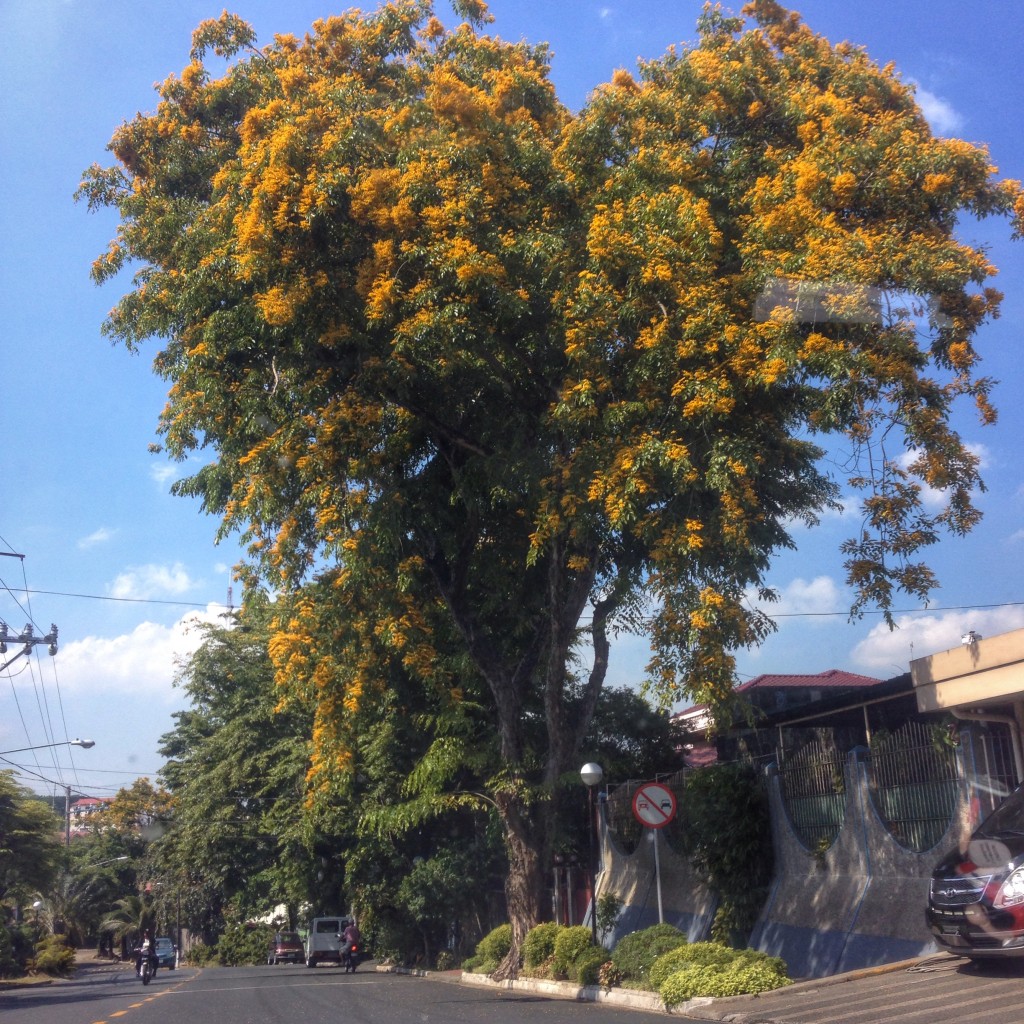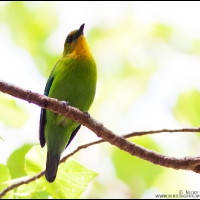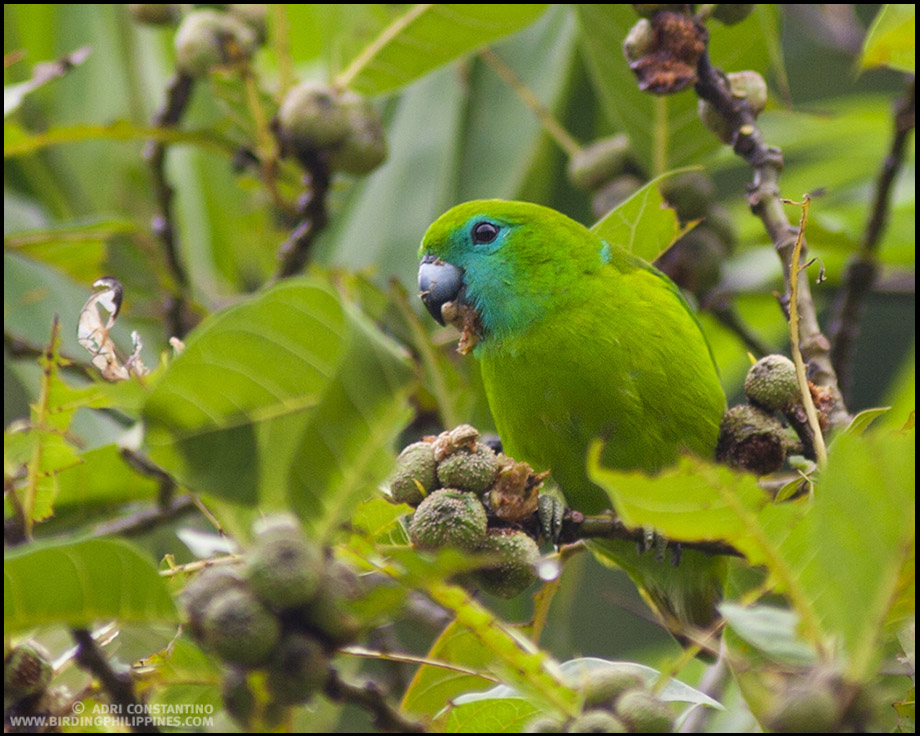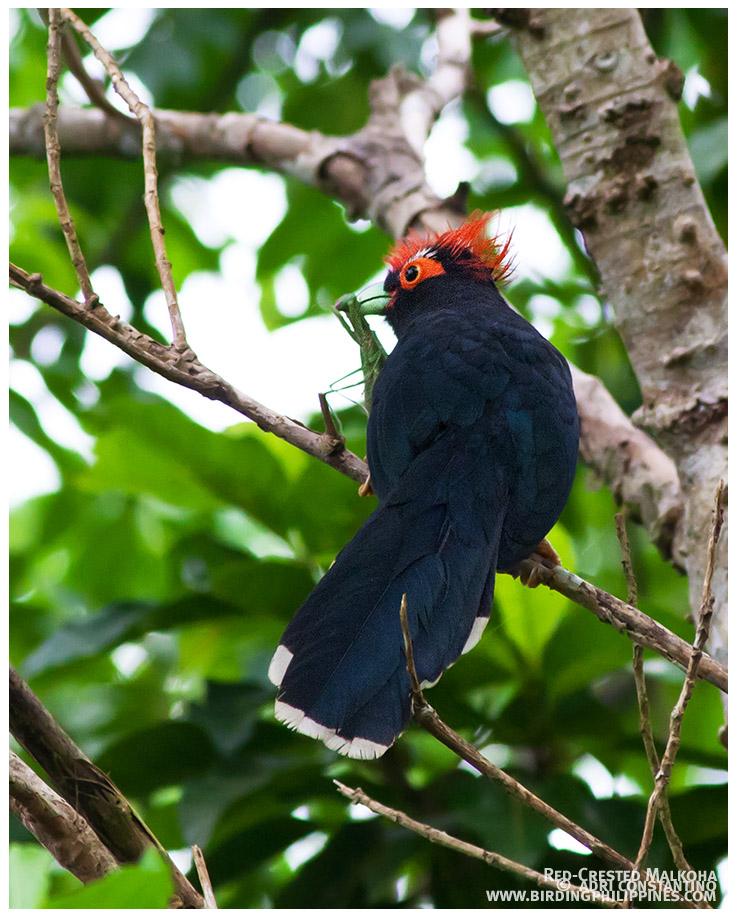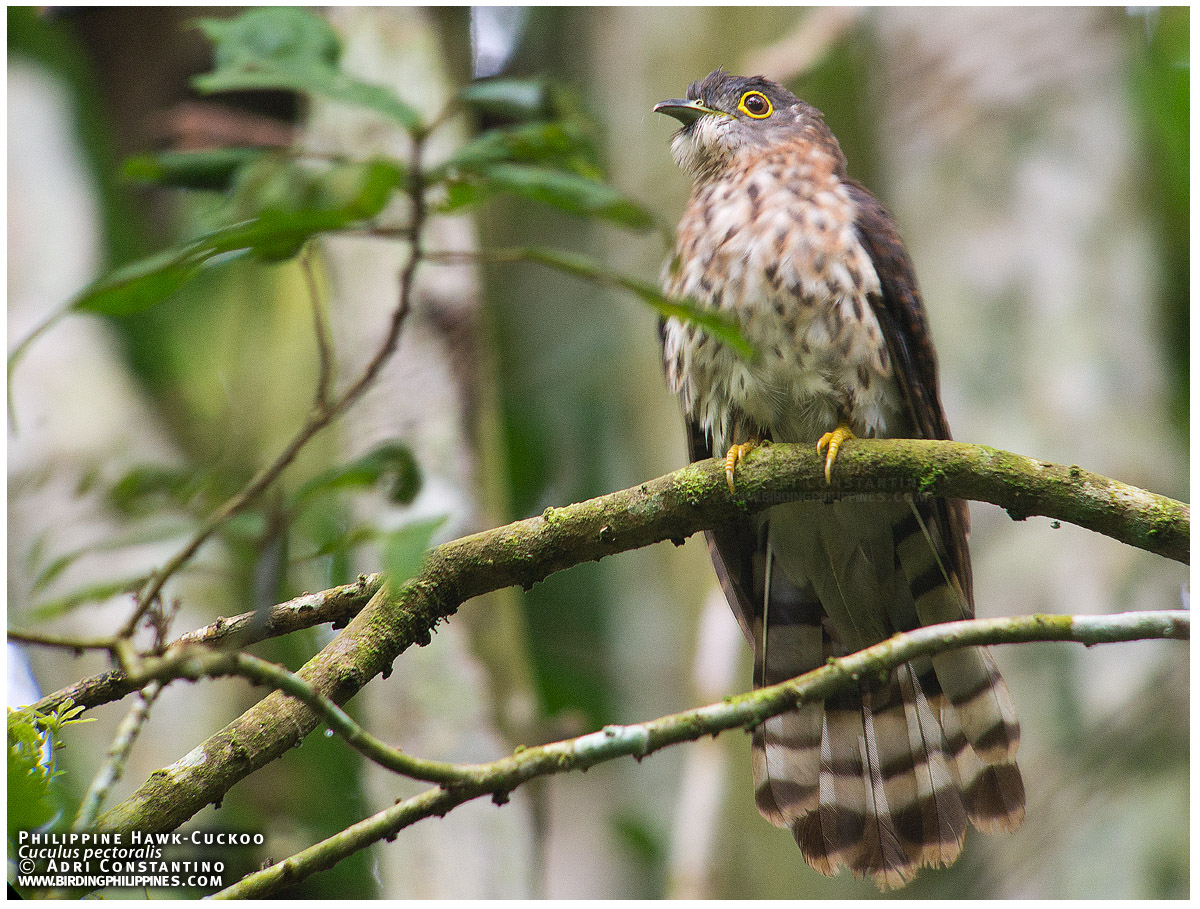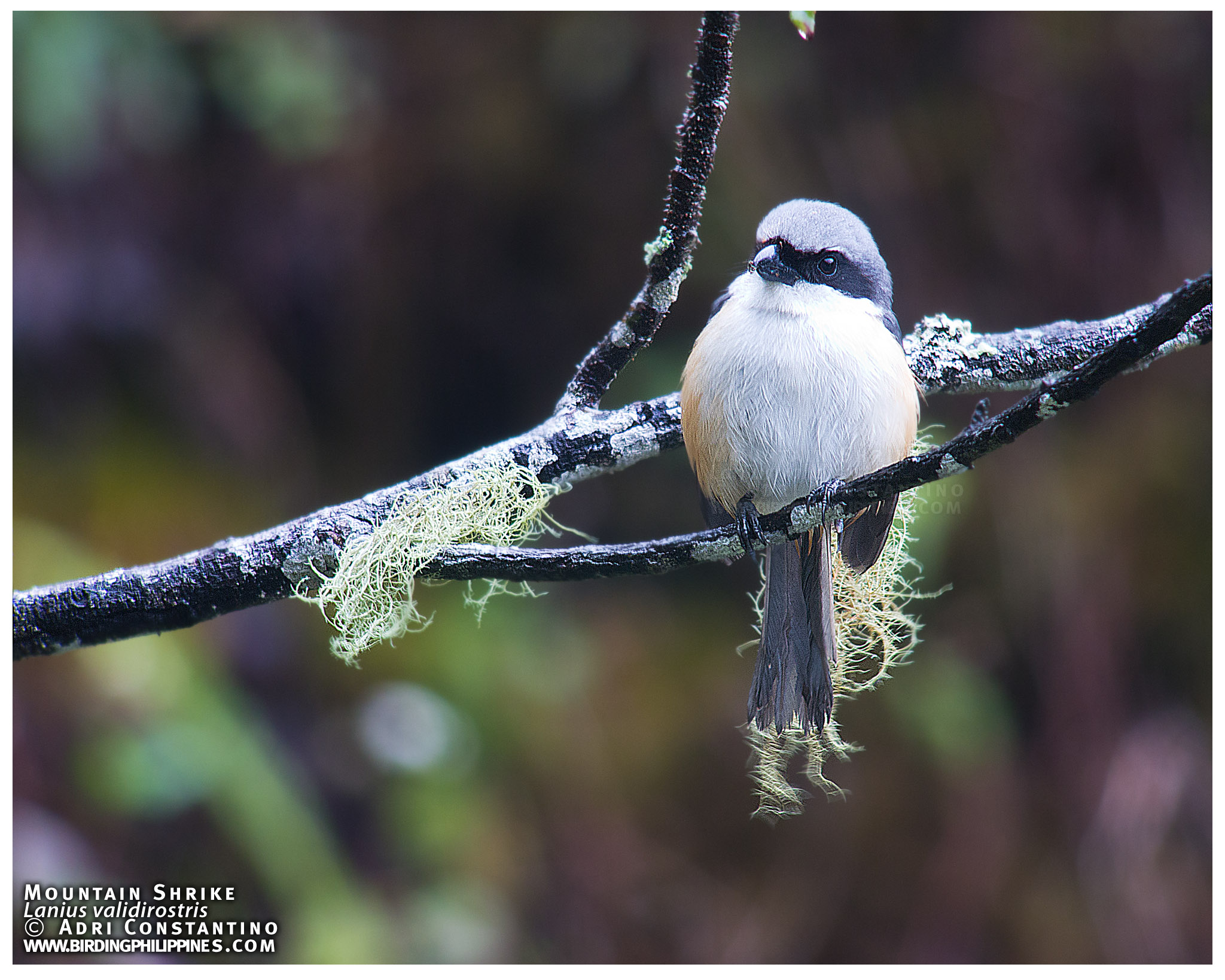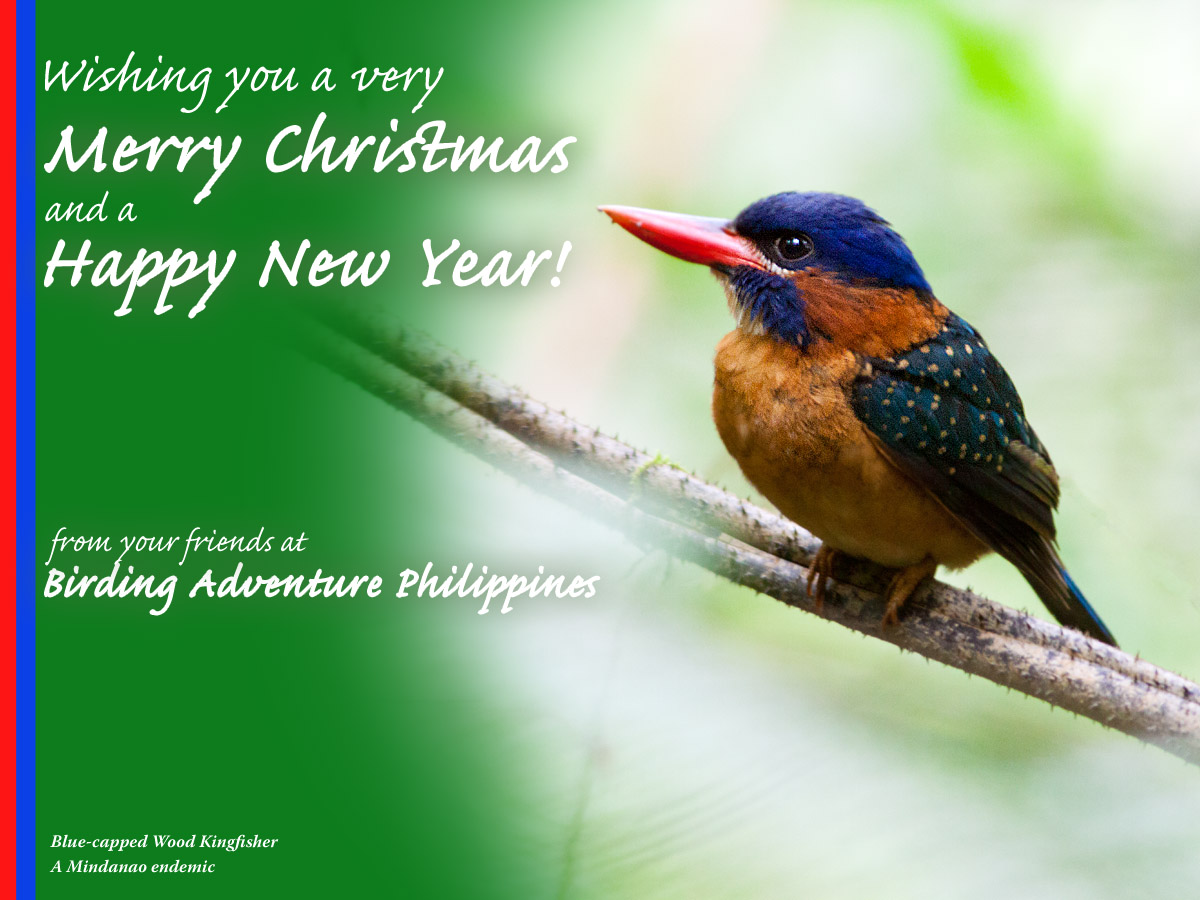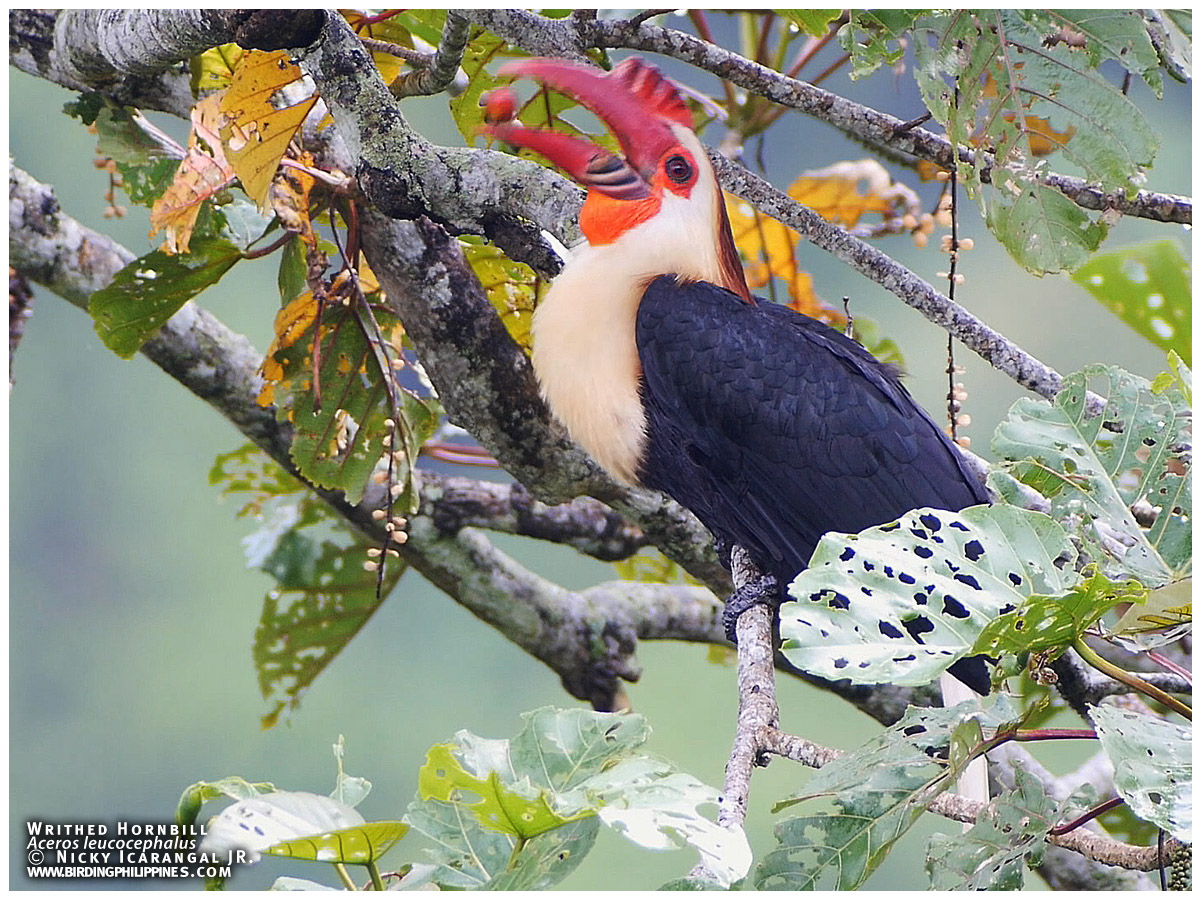Sulfur-bellied Bulbul
There are several bulbul species occurring in the Philippines. From the latest checklist of the Wild Bird Club of the Philippines, the country has 14 species recorded plus 1 rare accidental/migrant species totaling 15 species. Species endemicity is very high with 10 endemics out of the 14 regularly-occurring species. The Palawan island group has the most number of bulbul species in the Philippines, with 3 endemic and 1 resident species. This is the Sulfur-bellied Bulbul, one of the most uncommon endemic bulbul species in Palawan.
The Sulfur-bellied Bulbul is the least common among the Palawan bulbuls, and is a bit more colorful than the very drab-looking Ashy-fronted Bulbul and is a bit smaller than the Palawan Bulbul (formerly lumped with Grey-cheeked Bulbul). It is usually seen singly or in small numbers in fruiting trees.
Sulfur-bellied Bulbul Iole palawanensis
June 2013, Sabang, Puerto Princesa, Palawan, Philippines
Video by Nicky Icarangal, JR.
Digiscoped with a Swarovski ATX 95 HD, Panasonic GH3 with Swarovski TLS-APO adapter.

